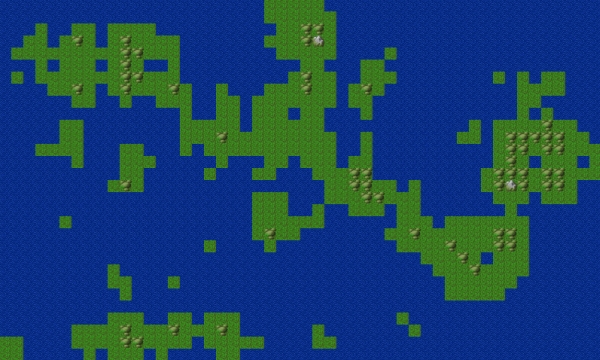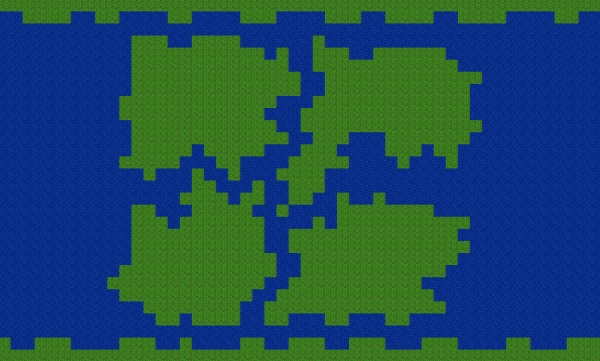I'm working on a Civilization-like game and I'm looking for a good algorithm for generating Earth-like world maps. I've experimented with a few alternatives, but haven't hit on a real winner yet.
One option is to generate a heightmap using Perlin noise and add water at a level so that about 30% of the world is land. While Perlin noise (or similar fractal-based techniques) is frequently used for terrain and is reasonably realistic, it doesn't offer much in the way of control over the number, size and position of the resulting continents, which I'd like to have from a gameplay perspective.

A second option is to start with a randomly positioned one-tile seed (I'm working on a grid of tiles), determine the desired size for the continent and each turn add a tile that is horizontally or vertically adjacent to the existing continent until you've reached the desired size. Repeat for the other continents. This technique is part of the algorithm used in Civilization 4. The problem is that after placing the first few continents, it's possible to pick a starting location that's surrounded by other continents, and thus won't fit the new one. Also, it has a tendency to spawn continents too close together, resulting in something that looks more like a river than continents.

Does anyone happen to know a good algorithm for generating realistic continents on a grid-based map while keeping control over their number and relative sizes?
You could take a cue from nature and modify your second idea. Once you generate your continents (which are all about the same size), get them to randomly move and rotate and collide and deform each other and drift apart from each other. (Note: this may not be the easiest thing ever to implement.)
Edit: Here's another way of doing it, complete with an implementation — Polygonal Map Generation for Games.
If you love us? You can donate to us via Paypal or buy me a coffee so we can maintain and grow! Thank you!
Donate Us With